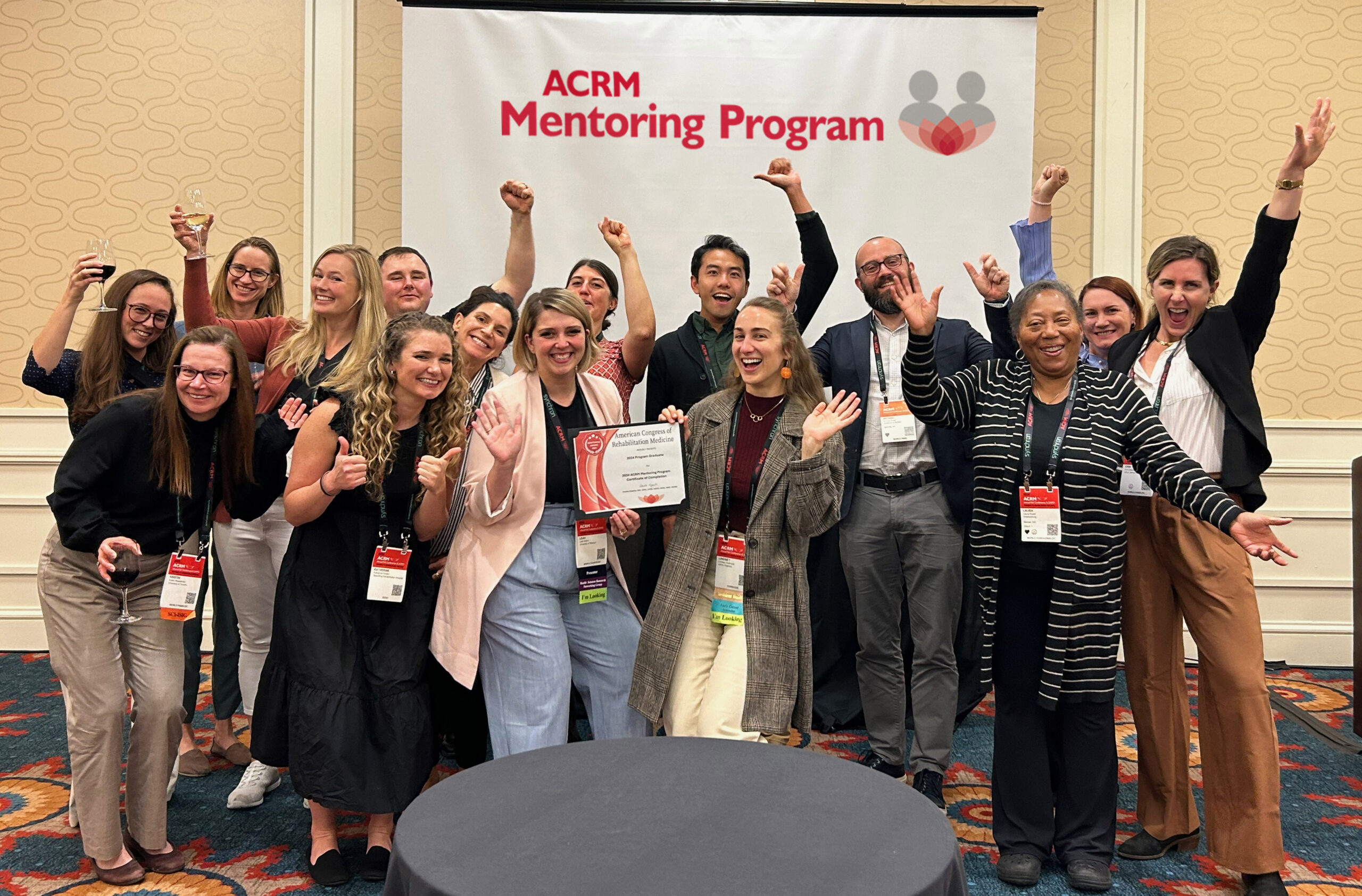INSTRUCTIONAL COURSE DETAIL
MON, 26 OCT: 1:00 PM – 5:00 PM
SPEAKERS
Christopher R. Pretz, PhD, PSTAT®
Lead Biostatistician, Craig Hospital / NDSC, Englewood CO USA
Director of the Statistical/Methodological Core
Traumatic Brain Injury Model Systems
National Data and Statistical Center

Allan John Kozlowski, PhD, B.Sc (PT)
Assistant Professor
Department of Rehabilitation Medicine
Icahn School of Medicine at Mount Sinai
DIAGNOSIS
DIAGNOSIS-Independent, Outcomes Research
FOCUS
Research Methods
Training/instruction in new knowledge/skills (attendees will develop new competencies that can be applied in practice or research)
Outcomes research/epidemiology
BRIEF DESCRIPTION
As the maturation of longitudinal datasets in rehabilitation (e.g., the Spinal Cord Injury National Dataset and the Traumatic Brain Injury Model Systems National Dataset) continues, the need for rehabilitation researchers and clinicians to gain both a comprehensive and detailed understanding of the information contained within these datasets grows. One avenue towards satisfying this need is to gain an understanding of temporal change in outcome at the level of the individual. Such an objective is achieved through use of individual growth curve (IGC) analysis. Although this type of modeling has recently been applied in reasearch involving both the Spinal Cord and Traumatic Brain Injury National Databases, this type of analysis is remains underutilized in the field of rehabilitation. Consequently, it is the goal of this course to offer IGC analysis training including providing familiarity with analytic software packages such as SAS, R, and HLM-7 to clinicians and researchers so that this powerful analytic technique can be incorporated into their statistical repertoires.
ABSTRACT BODY
As the maturation of longitudinal datasets in rehabilitation (e.g., the Spinal Cord Injury National Dataset and the Traumatic Brain Injury Model Systems National Dataset) continues, the need for rehabilitation researchers and clinicians to gain both a comprehensive and detailed understanding of the information contained within these datasets grows. One avenue towards satisfying this need is to gain an understanding of temporal change in outcome at the level of the individual. Such an objective is achieved through use of individual growth curve (IGC) analysis, a rigorous methodology that truly models change in outcome over time at the individual level. In this way IGC analysis is superior to more traditional longitudinal approaches such as a series of cross-sectional analyses, linear regression, and repeated measures ANOVA designs etc., as none of these approaches models change flexibly over time or are capable of capturing and relaying individual level information. Although this type of modeling has recently been utilized in both the Spinal Cord and Traumatic Brain Injury National Databases, much more can be done in terms of introducing the topic to the field of rehabilitation including equipping clinicians and researchers with the knowledge and ability to utilize IGC analysis to investigate a wide spectrum of scientific questions. Consequently, it is the goal of this course to offer IGC analysis training including providing familiarity with analytic software packages such as SAS, R, and HLM-7 to clinicians and researchers so that this powerful analytic technique can be incorporated into their statistical repertoires.
LEARNING OBJECTIVES
- Provide a working knowledge of IGC analysis
- Understand how IGC analysis differs from other types of longitudinal analysis including why IGC analysis is advantageous
- Become familiar with the different types of software packages used in conducting IGC analysis
- Effectively communicate with statisticians/biostatisticians and other researches with respect to IGC analysis
- Apply IGC analysis to address a particular hypothesis or set of hypotheses
INTENDED TARGET AUDIENCE
All researchers and clinicians with an interest in conducing longitudinal research where healthy sample sizes are available. Attendees should have at least two semesters of statistical methods.
BIO SKETCHES
Christopher Pretz, PhD, PSTAT
Dr. Pretz received his PhD from the University of Northern Colorado in Applied Statistics and was formerly a tenured faculty member at the University of Wyoming where he was nominated for (and received) various teaching awards. Dr. Pretz now serves as director of the statistical/methodological core for the TBI Model Systems National Data and Statistical Center at Craig Hospital. Dr Pretz possess a combined 15 years of consulting experience ranging from the fields of education to engineering with resulting publications/technical reports. Additionally, Dr. Pretz has nearly five years of experience working in the rehabilitation medicine setting where he has authored a number of peer reviewed papers, served as a statistical reviewer for both Archives of Physical Medicine and Rehabilitation and The Journal of Head Trauma Rehabilitation, and is a (statistical expert) panel member for both the Department of Defense and Veterans Administration. Dr. Pretz is recognized as a professional statistician by the American Statistical Association.
Allan Kozlowski, PhD
Dr. Kozlowski received his B.Sc. in Physical Therapy in 1991 and his PhD in Rehabilitation Medicine in 2010, both at the University of British Columbia in Vancouver, CA. He applied individual growth curve methods in his Post-Doctoral Fellowship at the Center for Rehabilitation Outcomes Research at the Rehabilitation Institute of Chicago and the Center for Healthcare Studies at Northwestern University in Chicago IL, and has since published and taught courses on this and other measurement topics. In his current position of Assistant Professor in the Department of Rehabilitation Medicine at the Icahn School of Medicine at Mount Sinai, Dr. Kozlowski studies the effects of powered exoskeleton use by persons with spinal cord injury (SCI) and similar weakness due to other neurological conditions. This line of inquiry requires examining not only primary outcomes associated with exoskeleton-assisted walking like gait parameters and energy expenditure, but also includes examining the potential for changes to secondary conditions such as pain, spasticity, bowel and bladder function, and aspects of health-related quality of life. Changes that occur in any of these primary and secondary outcomes may do so over different time frames and with different patterns of change, which will require examination using appropriate longitudinal analyses methods. Dr. Kozlowski has also served as a reviewer for Archives of Physical Medicine and Rehabilitation and Topics in Spinal Cord Injury Rehabilitation.
![]()
One full day of Instructional Courses $195 Three full days $395
WORLD PASS (from $595) is the best value if you attend just one instructional course and the CORE Conference. Pricing detail CLICK HERE![]()
*Although significant changes are not anticipated, all schedules, sessions, and presenters posted on this website are subject to change.








